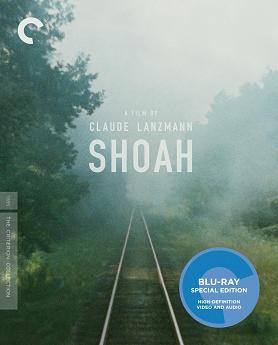Claude Lanzmann’s Shoah is an honest, unblinking account of the Holocaust told by those who were there: death camp survivors, SS guards and German police, and onlookers who knew what was happening but were either powerless to stop it or eagerly reveling in its carnage. The director himself doesn’t call his masterwork a documentary; rather, he considers it a living history, filmed at a time when those involved in one of the world’s most heinous undertakings were alive and (sometimes) willing to talk about it. This nine-and-one half hour film takes both patience and endurance. There are facets of the filming that may irritate with slow pacing or the methodology being used to elicit the responses from the witnesses, but in the end, the trip is more than worth it: a patchwork investigation into the demonic planning and execution of one of the world’s most dastardly plots presented with power and precision.

Studio: Criterion
Distributed By: N/A
Video Resolution and Encode: 1080P/AVC
Aspect Ratio: 1.33:1
Audio: French 1.0 PCM (Mono), Other
Subtitles: English
Rating: Not Rated
Run Time: 9 Hr. 26 Min.
Package Includes: Blu-ray
fold out case enclosed in cardboard slipcaseDisc Type: BD50 (dual layer)
Region: A
Release Date: 06/25/13
MSRP: $99.95
The Production Rating: 5/5
Video Rating: 4/5 3D Rating: NA
Audio Rating: 4/5
Special Features Rating: 5/5
Overall Rating: 4.5/5
Reviewed By: Matt Hough
Support HTF when you buy this title:





